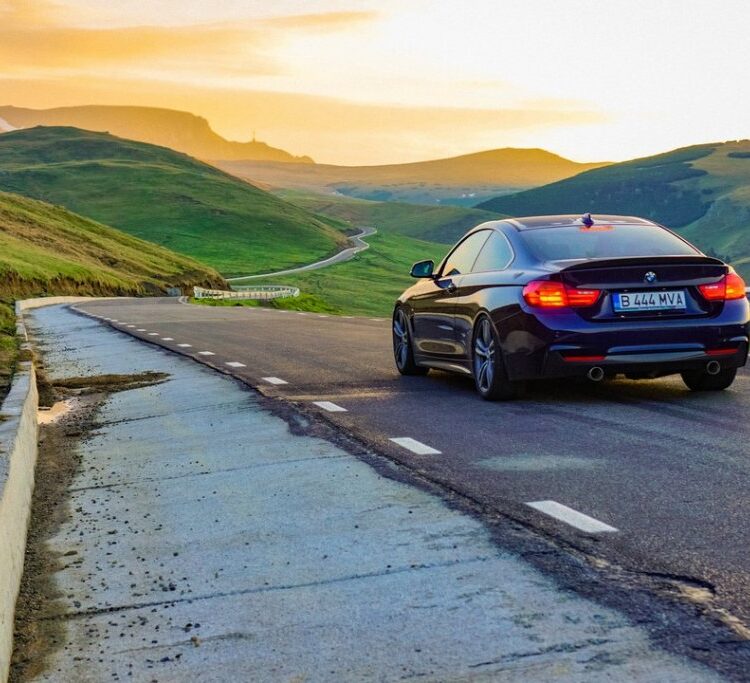The European Union has also been on my mind a lot more lately – but not only because of the upcoming elections.
Rather, my increased interest in the EU is related to what I see as a landmark piece of road safety legislation that seems to have passed under many other Europeans’ radar.
I’ll be the first to admit it’s not always easy to understand how decisions in Brussels (and Strasbourg) affect our daily lives. But road safety is one area where the EU in general, and the European Parliament in particular, have made a difference.
Over the last 15 years, the European Parliament has played a key role in promoting road safety, first calling for a ‘Vision Zero’ approach for preventing all road deaths back in 2005.
And last month, MEPs approved new vehicle safety rules that will go a long way toward making Europe’s roads even safer moving forward.
The new legislation requires that carmakers include a range of new life-saving technologies as standard equipment all new cars, trucks, and buses sold in the EU starting in 2022.
MEPs realize that technology, demographics, and other trends are changing the conditions on Europe’s roads. The increased popularity of bikes and scooters, along with an aging population, make roadways even more dynamic and demanding to navigate. And the ubiquitous smartphone can be a major distraction for driver and pedestrian alike.
Between 2001 and 2017, European road fatalities dropped by 57.5 percent. Nevertheless, more than 25,000 people were killed and 140,000 injured on Europe’s roads in 2017 – so clearly there’s more work to be done.
Improving road safety has been a focus of mine ever since I started Smart Eye back in 1999 and realized that our eye-tracking technology could detect when drivers became drowsy or distracted.
Back then, we may have been a bit ahead of our time, but in recent years the auto industry and policymakers have also begun to see the promise of combining in-dash cameras with intelligent algorithms to track whether drivers are actually focused on the road.
Six vehicle models featuring Smart Eye driver monitoring are already on Europe’s roads. And in the last 12 months alone, four different automakers have signed agreements with us to equip 27 new car models with driver monitoring systems powered by Smart Eye´s eye-tracking technology.
Furthermore, driver monitoring systems feature prominently among the 30 odd technologies included in the new rules passed by the European Parliament last month.
In addition to driver monitoring systems, cars sold in the EU after 2022 will also feature other autonomous technologies such as intelligent emergency braking and collision avoidance systems. Vehicles will also be outfitted with electronic data recorders, capturing data at the time of a crash that can later be analyzed to help prevent future accidents.
These new rules, which still need to be approved by the European Council, are a perfect example of how the EU can take concrete, meaningful steps, to improve the lives of Europeans.
All Europeans should celebrate the EU’s embrace of driver monitoring and other autonomous vehicle technologies. It not only makes our roads safer in the short-term, it also helps accelerate the adoption of emerging autonomous technologies, benefiting European-based automakers and tech companies like Smart Eye who are developing these next-generation technologies.
So, when you cast your ballot in the European parliamentary elections at the end of May, remember that the men and women we send to Brussels do matter, and that they deserve some credit for making Europe’s vehicles smarter and our roads safer.
Martin Krantz is founder and CEO of Smart Eye, a leading eye-tracking technology provider based in Gothenburg, Sweden.



